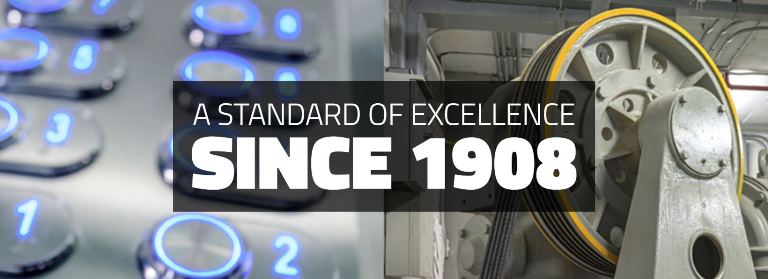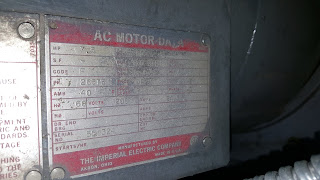We
had the opportunity to work at the historic South Shore Cultural Center at 7059
S. Shore – Chicago, IL for the Chicago Park District. The building was built in 1905 and a theatre
was added in 1909. In 1916 the building
was redesigned in the Mediterranean Revival style. This is the building that
still stands there today. Originally it
was built as a Protestant only club, later, Irish Catholics were admitted. Besides the main clubhouse the South Shore
Country Club also had stables, 9 hole golf course, tennis courts, a bowling
green and a private beach on Lake Michigan.
The once private club was sold to the Chicago Park District in 1975 as
the club was forced to liquidate its assets.
Today the Cultural Center is fully integrated into the neighborhood and houses
a School for the Arts, Theater, Fine Arts Gallery, two dance studios, music practice
rooms, visual arts studio with a kiln. There
are facilities for weddings, receptions and meetings. The golf course is still in operation, as is
the beach, picnic areas, gardens and nature center. The horse stables are used by the Chicago
Police Department’s mounted unit. It is a really cool beautiful old facility with a wonderful state of the art kitchen for events.
This project has been on our radar for a number
of years and finally it got legs about a year ago. It was an interesting project in that the control
area was being moved from being by the machine at the top level to the 2nd
landing. The building had been plagued with
water issues on the lower landing so it was challenging to work with the older
building structure, shallow pit and water.
Material
providers
Control
system – MCE
Motor drive - KEB
Fixtures
– Innovation
Cab
– H & B
Door
equipment – GAL
Buffers
– OLEO
Roller guides - ELSCO
Door protection - Adams Gatekeeper 3000
Elevator interior - The elevator interior was interesting. This most likely was a manual elevator at one time and looked like it had been modernized a few times. We had a two speed door on the car with single speed doors on the hatch. The dimensions of the elevator front was atypical which made it a more challenging to engineer correctly with the position of the hatch frames compared with a typical elevator cab. The cab was provided H & B from Minneapolis, MN.
Before
After
Elevator control system - The elevator control system at one time was next to the elevator machine which had limited space and electrical clearance issues. Not sure how many times the controller had been changed prior to this modernization but the new controller was outside the machine area in a general mechanical area with height restrictions from duct work and outside the sight line of the machine. The control system was moved from the 7th floor to the 2nd floor in its own control room. The control system provider was Motion Control Engineering.
Before
After
Elevator machine - The elevator machine room was in a penthouse that was very small. The machine and motor appears to have been changed in the late 1980's and perhaps the motor changed to AC when the last control system was replaced. Machine was retained, motor retained. The machine is a Hollister Whitney OH53 in good condition. We put some covers on and gave it a new coat of paint.
Before
After
Elevator fixtures/push buttons - The previous COP was on the strike side of the jamb. Since this was such a odd interior layout with the hatch doors we moved it to the return side and used Innovation Industries. Lots of unique building requirements to work with and Innovation was great with all of our back and forth changes.
Before
After
Elevator car top/door operator - The entire car top had to be reworked as we got a new cab. Over time the car top was exposed to the elements and everything that goes along with a 100+ year old building. GAL door equipment and Ktech load weighing was installed here.
Before
Before
After
Elevator lobby set up - The building had some interesting architecture which included angled door frames. Part of the challenge here was to minimize adding too many extra holes in the frames as they where going to be retained and didn't want plates on them. With the new requirement of emergency communication failure we came up with a creative way to comply with the new code requirements and reduce the utilize the existing holes in the door frames. In Chicago we are required to put the FEO phase I in the top left side of the door frame.
Before
After
Elevator pit - This was the most concerning issue for the building water in a shallow pit. The building is located steps away from Lake Michigan and had a shallow pit that constantly was getting water it it. We worked with the design team on a very shall sump hole, a deeper one could not be dug due to footings. We had an issue with the specified buffers so we went with a lower profile buffer made by OLEO. At first the OLEO buffer seemed like a toy compared to the more robust Hollister Buffer we are used to but during testing they held up and allowed us to get the under travel we needed.
Before
After
It
was a great project to work on, a lot of work on the front end and a lot of
hard work on the execution by the installers. Working in older buildings always is a challenge because the existing conditions challenge you to think outside the box for material provider solutions. New elevator equipment is designed for today's conditions, not conditions of elevators installed 100 years ago. All together 14 people from
Colley Elevator played a roll on the project from the bid to the consultant walk
through. Not only is it the sales person
and the installation team but everyone in between that does engineering,
delivery, certified payroll, billing, etc.
A true team effort here! Thank you to everyone on team Colley and our material providers for so much help to make this project a success!
If
you have any questions or would like additional information feel free to contact
me at CraigZ@colleyelevator.com or 630-766-7230 ext.
107.
Also
check us out on Instagram @Colleyelevator see what we have been up to.





























